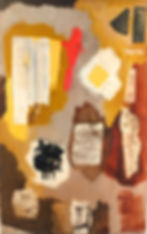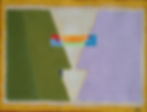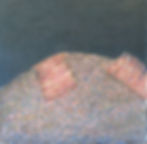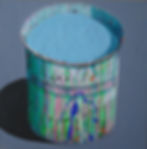Rudolf Wiesinger
Rudolf Wiesinger (1937 – 2020) was a painter born in Sopron, Hungary. Marked by the violence of World War II, he was raised in the Marxist-Communist ideology from 1946. However, the Party denied him artistic studies due to his German-speaking ancestry and the fact that his father was enlisted in the Wehrmacht. Sent to work in a factory, he was monitored by the political police, suspected of wanting to defect to the West.
Exile and Education
In 1956, after the Budapest uprising, Rudolf Wiesinger managed to reach Austria. He enrolled at the School of Fine Arts in Linz and worked in Ottenheim, where he sold his first paintings. One of them was acquired by the Linz Museum.
In 1968, he moved to France, settling in Paris. He abandoned the abstract style in 1970 to focus on landscape painting between abstraction and naturalism, showcasing his mastery of classical techniques.
Return to Abstraction
In the later years of his life, Rudolf Wiesinger returned to abstract painting, seeking to achieve his explorations of landscapes despite the treatments imposed by illness. His final works are distinguished by a profusion of colors, vigorous movements, and layered compositions, giving these paintings an aspect that is both joyful and despairing.
Death and Legacy
Rudolf Wiesinger passed away in 2020 in his studio in Côte d'Or, France. His works are exhibited at the ARS ESSENTIA Art Gallery in Beaune, Burgundy, France.
Exhibitions
Rudolf Wiesinger's works have been exhibited at:
Linz Museum, Austria
ARS ESSENTIA Art Gallery in Beaune, Burgundy, France


























